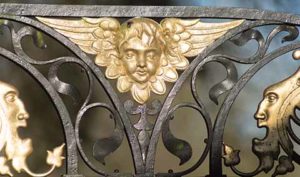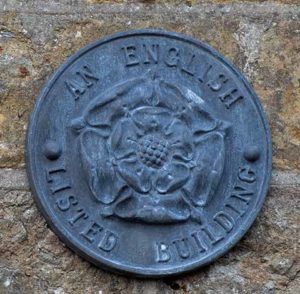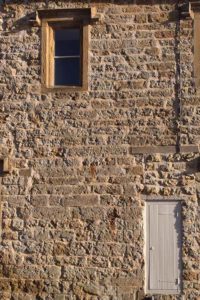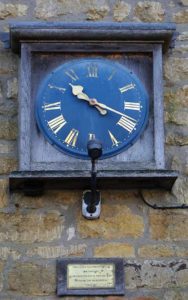Beaminster in detail
Joël Lacey takes his camera to Beaminster’s back streets and alleyways to see another side to the town of golden stone
Published in March ’18
The town of Beaminster is unfailingly interesting, no matter where one wanders. Can you think of another town with a weir and a ford, or with a church that is equipped with both a barrel-driven hymn-playing chime mechanism and a lift?
The above is clearly a view shared by English Heritage as there are 125 listings for the town centre alone. Note that some, indeed quite a few listings, are for multiple buildings, so there are dozens upon dozens of interesting man-made stuctures to admire.
Another delightful thing about Beaminster is that, although there are many ancient and beautiful edifices, the planners have not preserved the town in aspic and sympathetic development has infilled the town in a much more attractive way than can be said of very many other towns, most recently with the converted school on East Street. The overriding colour is the honey of the local stone, which although it is friable looks equally if not more attractive when weathered than it does when freshly dressed.
Nature firstly frames the town in a delightful valley, in which there are handsome former industrial buildings, beautiful gardens, quiet back lanes all placed around the square, which, as well as being the beating heart of the town also has remarkably good value parking.
There are plenty of places to break up an amble around Beaminster with a coffee, cake or something even more substantial, so take your time as you visit one of West Dorset’s marvels.
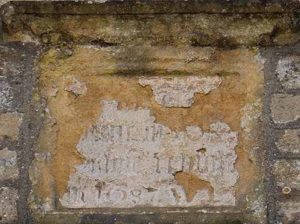
This stone in a house on Fleet Street used to read ‘This house burnt in 1684 House rebuilt in 1687 W.L.’
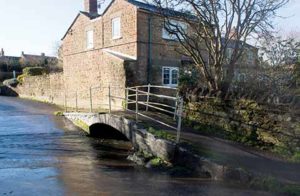
The river Brit can be forded in Beaminster on Woodswater Lane before it passes via Parnham, Netherbury and Slape on its way to Bridport

At the heart of town is ‘Julia’, the memorial erected to his sister of that name by Vincent Joseph Robinson
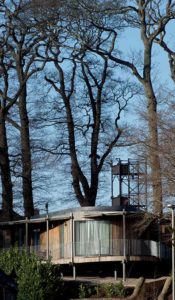
The house at the Tunnel Road roundabout does not have a fire station tower on it (the fire station’s behind) but it does have real trees growing through it
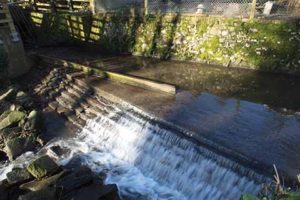
At the end of St Mary Well Street lies a path by a culvert leading eventually to a rather pretty weirParnham, Netherbury and Slape on its way to Bridport
